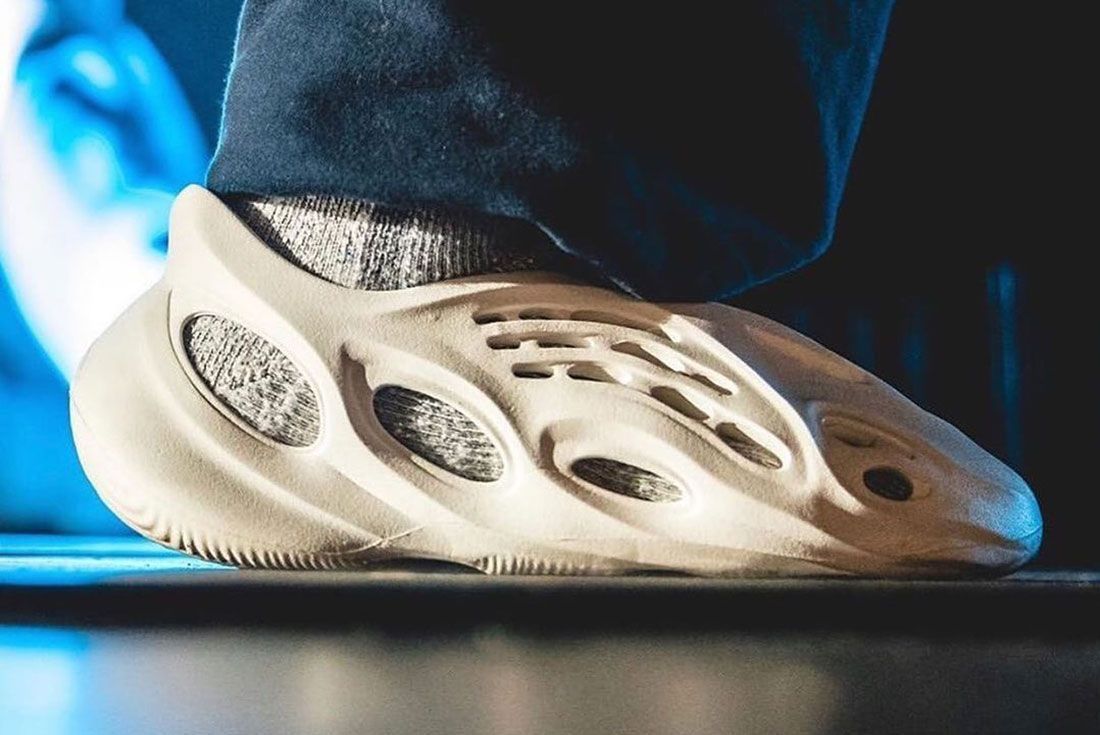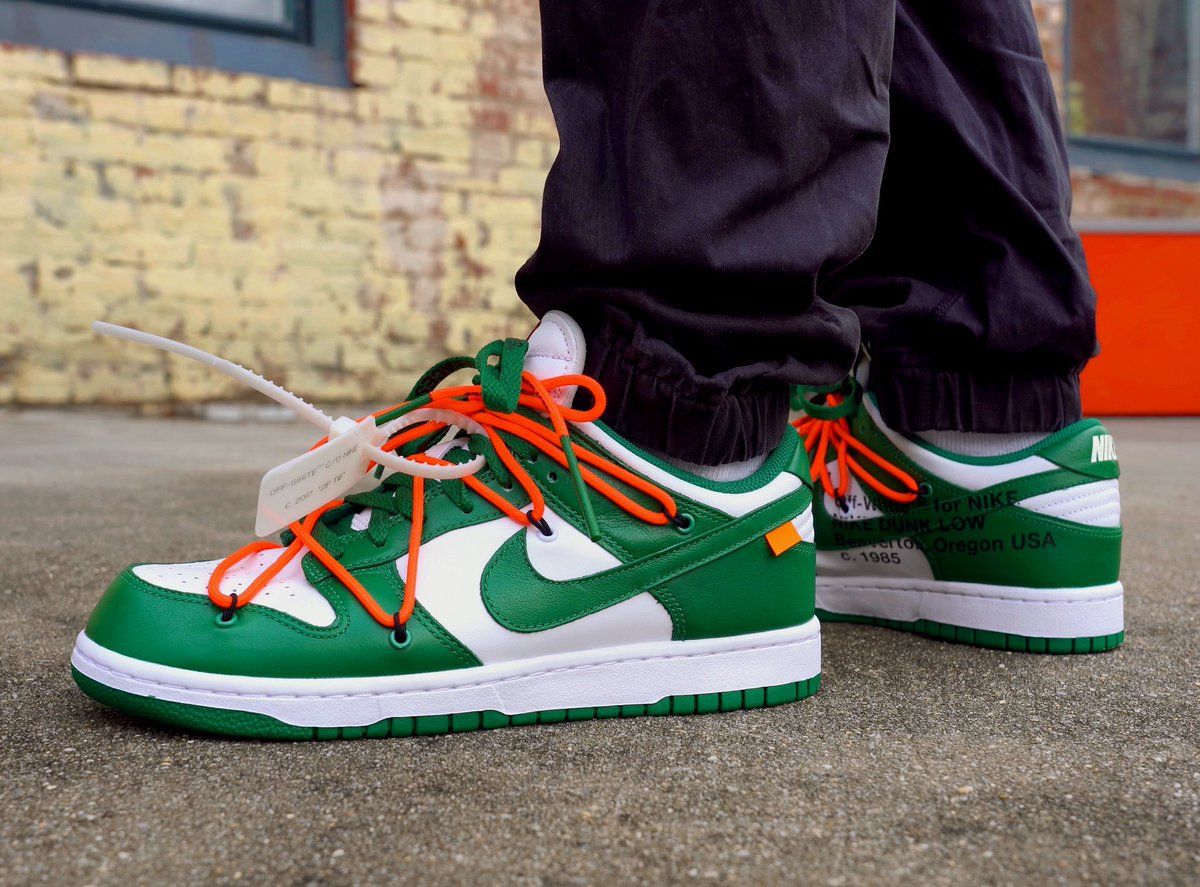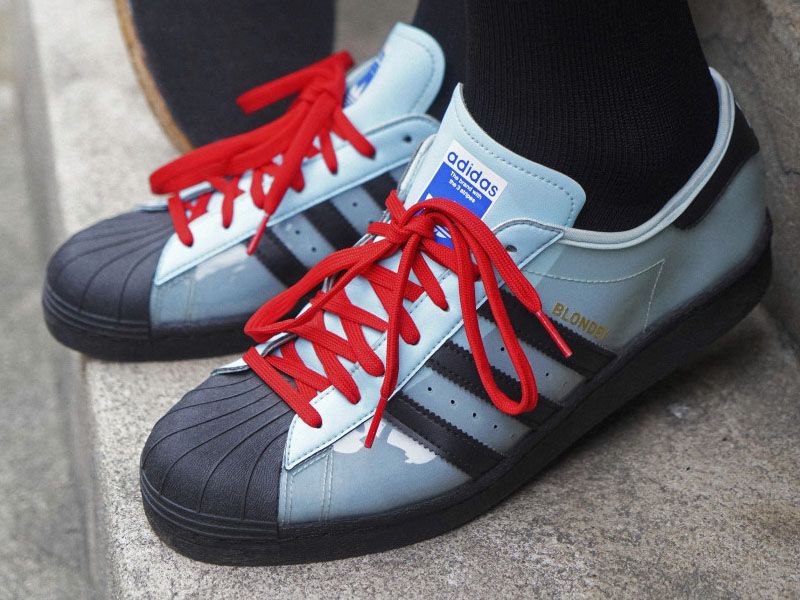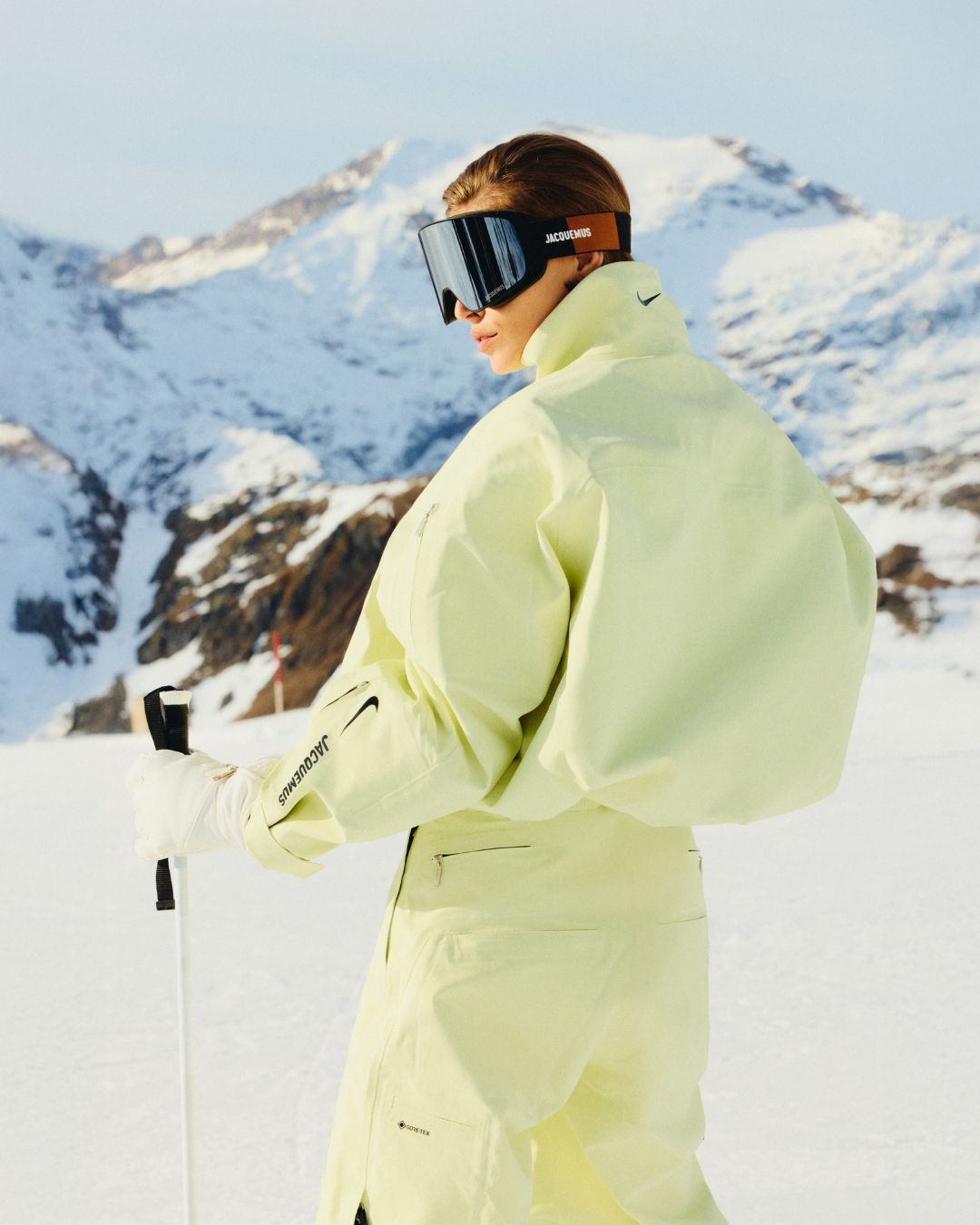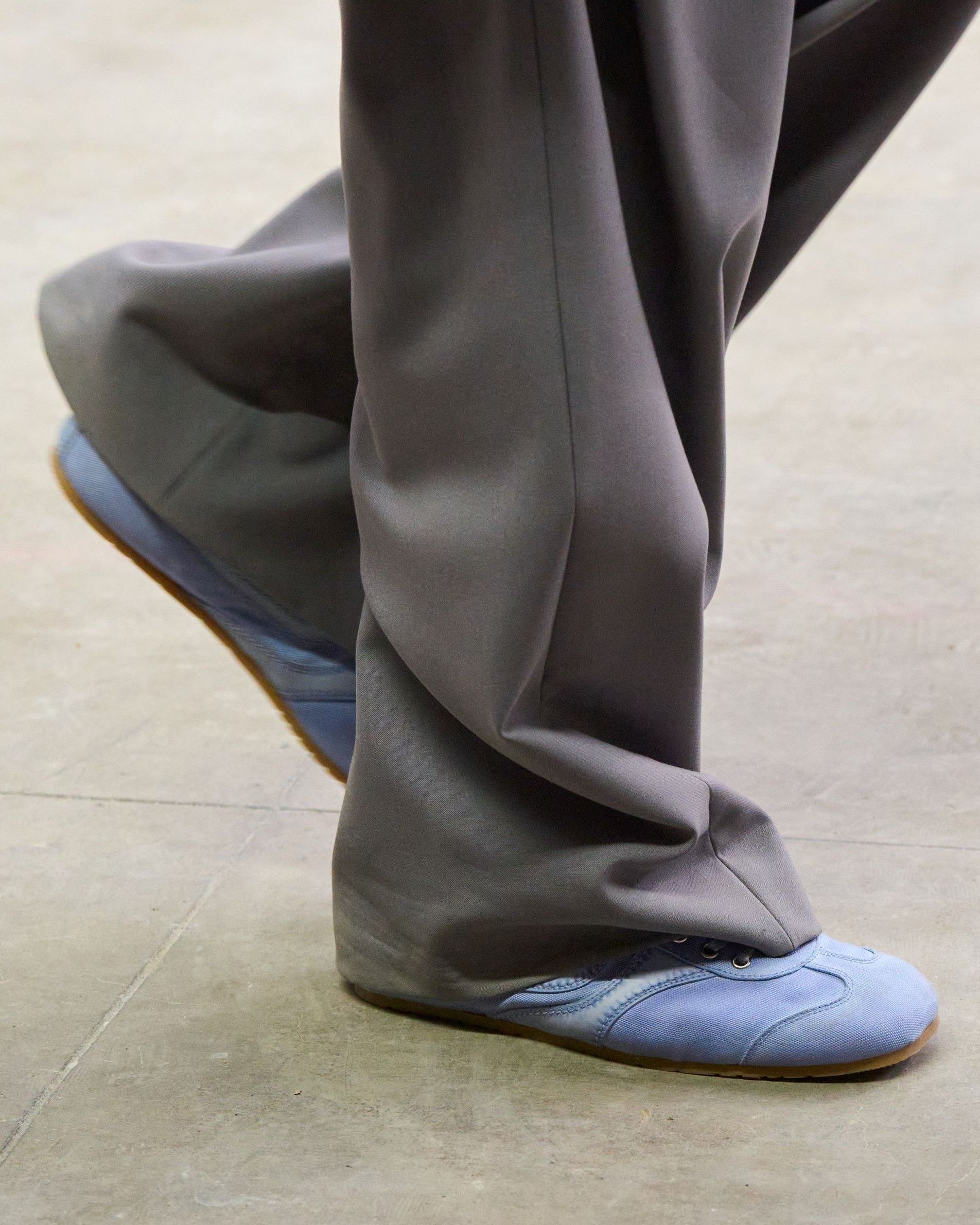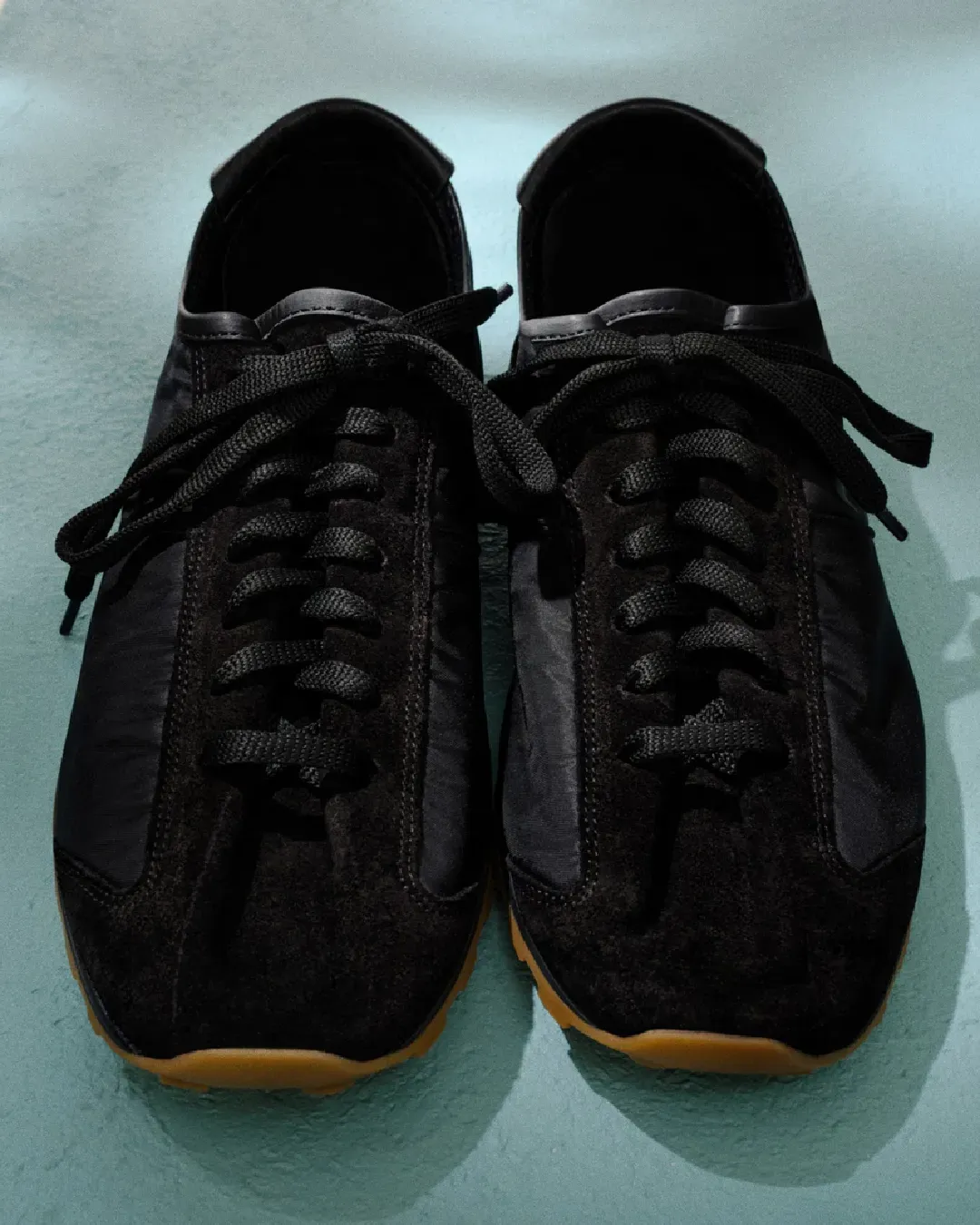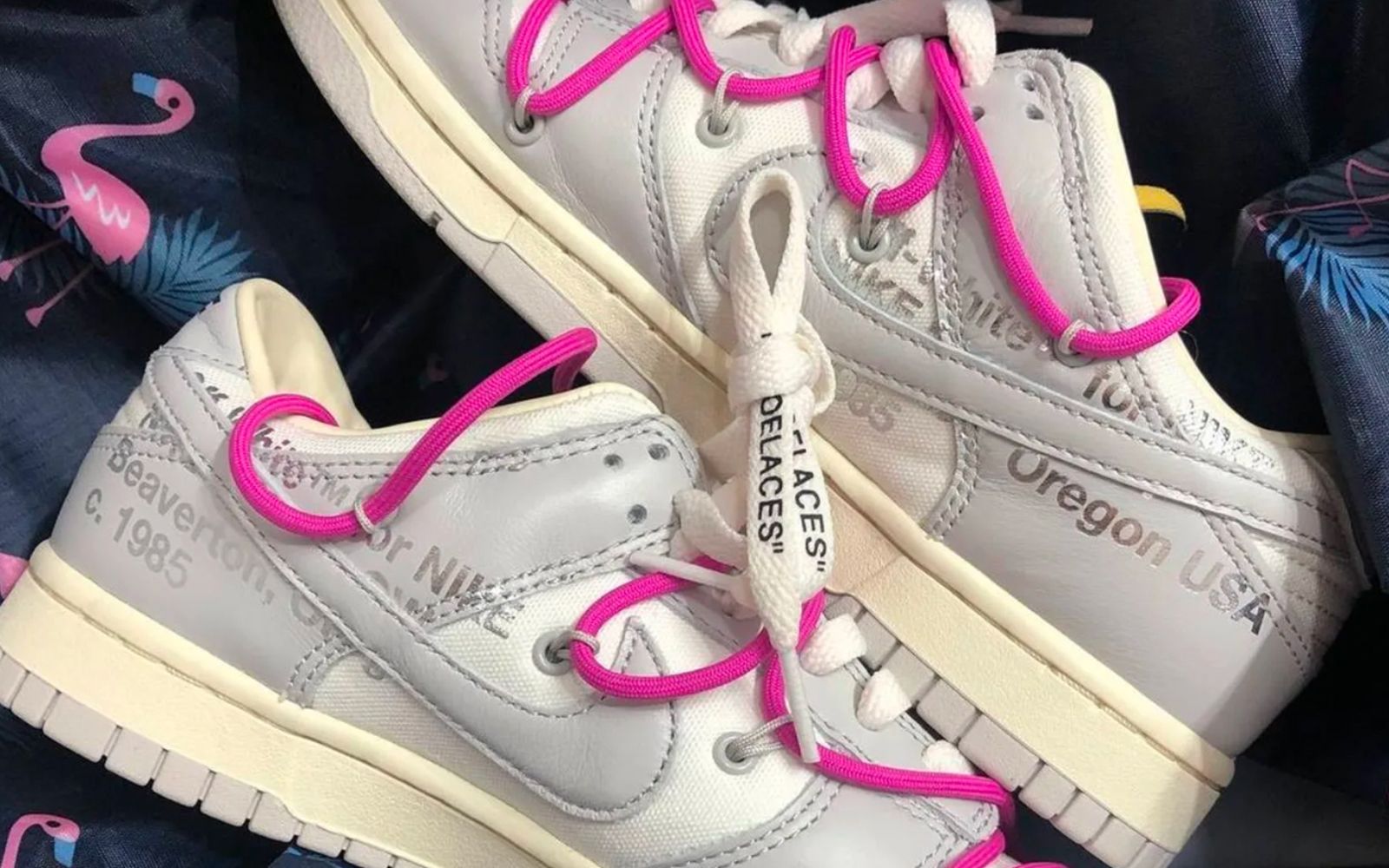
Have sneaker brands run out of ideas? A world stuck between historic silhouettes and uninspired collaborations
If it's true that fashion is cyclical, the same could be said about the world of sneakers. Between revivals, re-editions and flashbacks, brands seem to have found a niche in which to hole up to escape the inexorability of time, often leveraging a closed-minded market, which prefers to look to the past rather than imagine the future. The Nike Dunks, successfully relaunched by Nike and become the reference silhouette of 2020, are the perfect example of a phenomenon that doesn't seem to know distinctions or exceptions and that risks, over time, to turn the "game" into pure boredom.
But is it true that sneaker brands have run out of ideas? The truth lies in the middle and is the direct consequence of the demands of the market, always looking for a rock to cling to in order to remain firmly anchored to the past. For their part, brands have been able to build stories and backgrounds around models and silhouettes to insert them in a world where historicity has become an essential value for the success of a sneaker, but ending up cannibalizing and destroying subcultures and movements. This is the case of the Dunk, born as sneakers linked to the world of skate and today become the maximum means of hype and monetization of Nike, between colourways and collaborations. Even the collabs, an ideal moment of escape from the routine of the usual releases, seem to have lost their nature by proposing in a tired and banal way known models with minimal variations. adidas with its Superstars is perhaps the perfect example of this trend, of those who prefer to take refuge in the historicity of a model already seen in all possible versions instead of leaving the field free to their talents. The result is what we saw a few days ago in the Palace lookbook, in which the Stan Smith in collaboration with adidas is all too closely reminiscent of the same shoe in the reiteration co-signed by Raf Simons.
If brands have decided to hide the lack of ideas behind limited releases and shock drops, sneakerheads seem at ease in a world that cyclically offers the same models. Just take a look at the ranking of the best-selling sneakers published by StockX to realize how the Jordan 1, the Dunk or the Yeezy 350 v2 are all symptoms of the same disease. Fear? Perhaps, certainly the lack of courage, but above all a sidereal distance between creator and buyer. There are two sneakers that best tell us about this detachment, examples of innovation often rewarded by insiders but snubbed by the rest of the sneaker world: the Nike Ispa Road Warrior and the Yeezy Foam Runner.
Nike's super ecological sneaker and Kanye West's latest creation share a strong sense of revolution, a desire to change the rules by going beyond the sneaker word paradigms, but also by a common destiny. Appreciated by few and misunderstood by many, these two models could become the ideal starting point for a new and courageous sneaker game, a change of gear that sees everyone as protagonists, both brands and fans. The Nike GO FlyEase is not enough to change things, you need the awareness that if profit is the most important thing for a brand, it's creativity and innovation that make the difference.












































